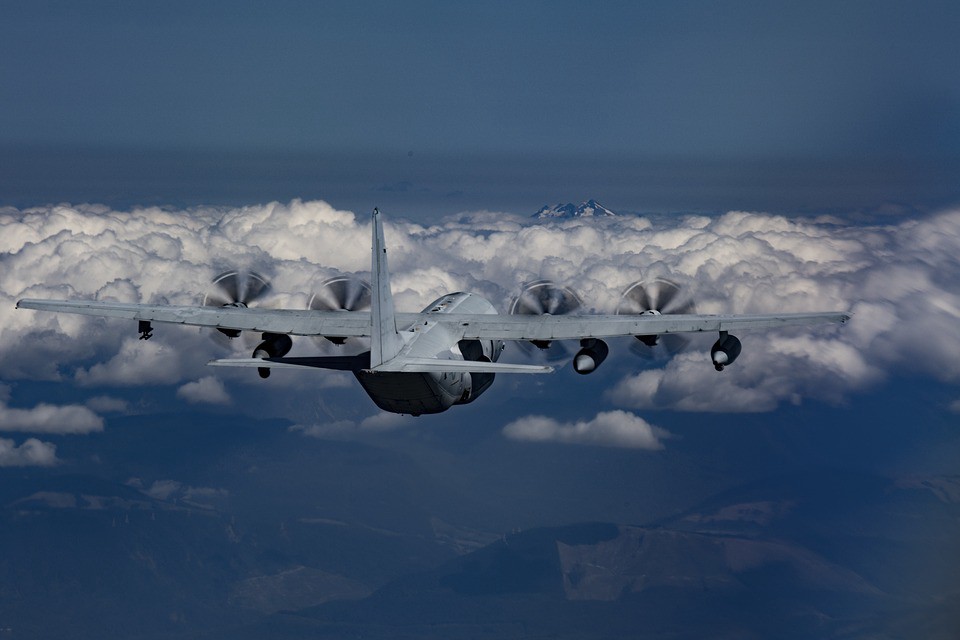


Air freight forwarding has been experiencing radical changes due to the changes in these two aspects; technology and regulation. These two areas largely impact the industry and its potential profitability. When we talk about the future of air freight forwarding, we must closely delve into these two aspects as these have the capability to pose several wrenches in the operations of air freight forwarding as well as improve cost-effectiveness and efficiency.
Technology has taken the world by storm and air freight shipping is not left behind either. Most of the air freight forwarders have adapted to technology as a broad spectrum of innovation covering digitization to automation. The conventional freight forwarders who didn’t evolve in tandem with the latest technology were left behind in the race and were overtaken by tech-savvy air freight forwarders. In order to keep up with the technological advances, regulations must as well evolve.
Technology in air freight shipping — Air freight shipping has embraced technology in a way that the industry has transformed multi-folds in terms of the incorporation of robotics, automated systems, artificial intelligence (AI), augmented reality (AR), drones and the use of big data. Although most of the air freight forwarders lack complete information regarding leveraging the maximum potential of these latest innovations yet a few could reap benefits from them making their air freight forwarding processes comparatively cheaper, easier, and safer.
Technology has the potential to disrupt the entire way the air freight forwarding industry functions. Therefore, if air freight forwarders don’t adapt to emerging technology, they are quite likely to be left out.
Let’s discuss some common uses of technology in air freight forwarding.
Regulation in air freight shipping
With the change in the nature of air freight forwarding, the nature of regulations must as well adapt. Due to a drastic shift in the expectation of air freight forwarders and clients in terms of speed, efficiency, transparency, traceability, and simplicity, the IATA expects the regulations to increase and evolve to be more balanced, smart, and data-driven.
There is one aspect that tops the priority list of the IATA, no matter what and that is safety. The IATA wants to ensure that the evolution of regulations should not compromise with safety. Especially when development in air freight forwarding is vigorous, safety becomes paramount. Conversely, increased regulations might contribute to greater security costs for the air freight forwarders.
However, regulations must be adhered to alongside the embracement of digitization, hence, air freight forwarders need to make strategic choices so that they can make the most of technological advances while being compliant with regulations.
Navigating the intricacies of import customs clearance in Mumbai is essential for businesses engag.....
The bustling metropolis of Mumbai, where the air is thick with the aroma of chai and the streets are alive with the hum of commerce. In the heart of this vibrant city lies a crucial hub for interna.....
In today's rapidly evolving marketplace, the logistics sector plays a pivotal role in meeting the dynamic expectations of consumers for transparency, timely delivery, and innovation. As India&#.....